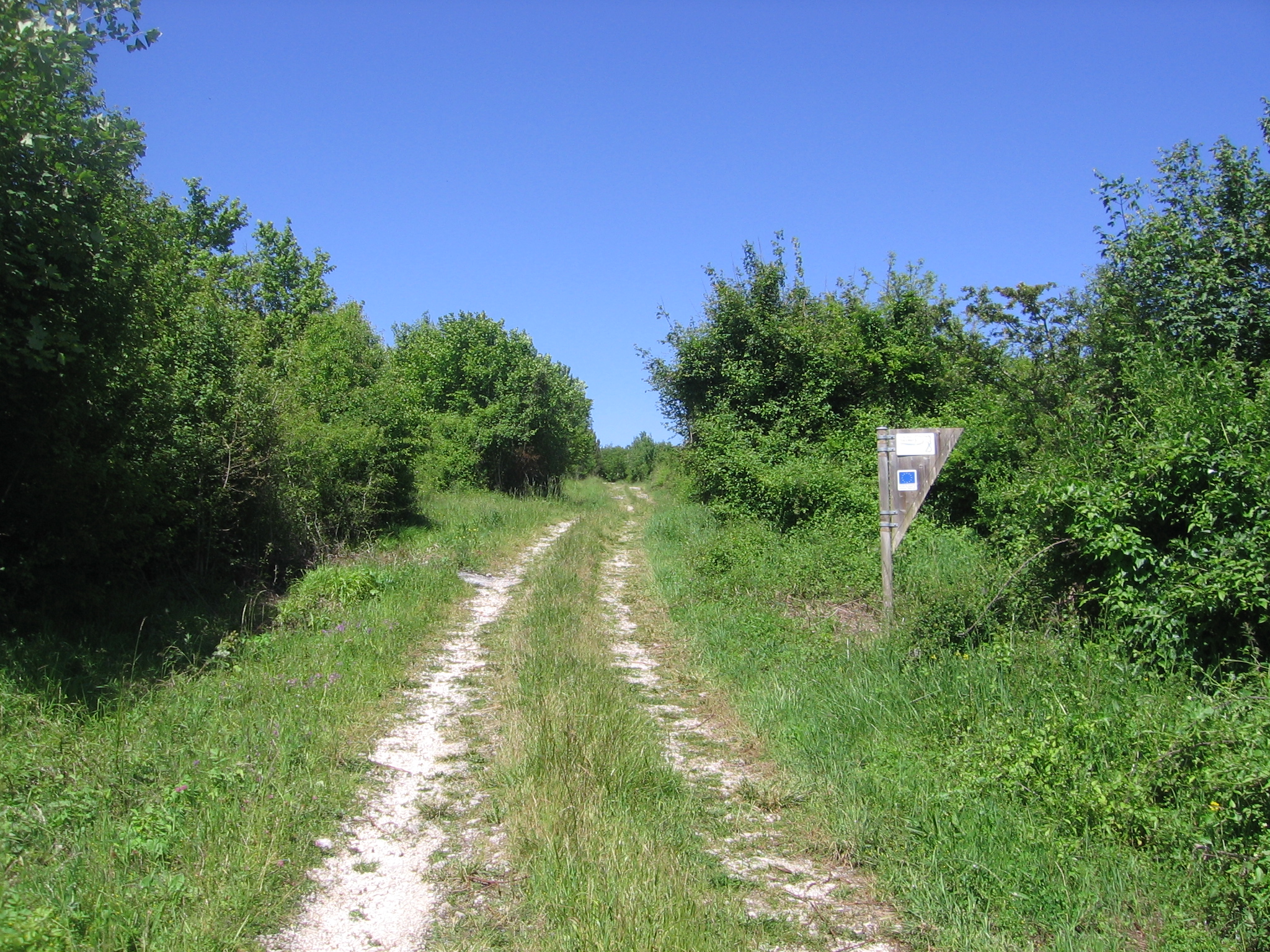
Collemeluccio Nature Reserve
This post is also available in:
 Italiano (Italian)
Italiano (Italian)
Owned by the Duke D’Alessandro di Pescolanciano and brought to a total area of 1.235 acres, the Collemeluccio wood was the actual dowry of the noblewoman Desiderata Mellucci (the same of Palazzo Mellucci), who allegedly gave her name to this place. Desiderata bought the property in 1628 from the University of Pietrabbondante, and the D’Alessandro family owned it until 1895, when Banco di Napoli sold it to some local families.
Starting in 1968, the State Agency for State Forests undertook some land consolidation work, which result in a core area of 897 acres. The Molise Region has recently started negotiating the purchase of the remaining 346 acres of the original forest.
The forest area features clayey formations that give life to a soft and undulating morphology, almost devoid of rocky outcrops. There are no situations of marked instability given the modest slopes apart from the steep strip of land bordering the Trigno River.
The hydrographic network is made by Salcitaro valley and some small valleys whose beds have a development of a few hundred feet, all flowing into the Trigno River.
In the northern area of the reserve, there is the ancient “Fonte Cupa” spring, well-documented in the Visitor Centre.
FLORA
80% of the forest is made of silver firs, with spontaneous formations such as the wreck of the ancient fir trees that in the centuries and millennia ago covered the Apennine ridge and which today also grow in Abruzzo, Tuscany and Calabria. Careful management, with well-planned human interventions, have, in fact, preserved this species all over the reserve.
The other dominant species is the Turkey oak (Quercus cerris), mainly found at the margins of the forest.
In cooler exposures, beech is associated with fir. To these species are added the hornbeam (Carpinus betulus), the field maple (Acer campestre), the field elm (Ulmus minor), the wild service tree (Sorbus torminalis) and the greater ash (fraxinus excelsior).
Hawthorn, holly, blackthorn and hazel grow in the lush undergrowth.
In the clearings and along the edge of the forest, there are many apple trees, wild pear trees, rowan trees, as well as rose hips and wild plums in the bushes.
This post is also available in:
 Italiano (Italian)
Italiano (Italian)
Contatti
Via Bellini 8/10 - Pietrabbondante(IS)
0865 3935
utb.isernia@corpoforestale.it
http://www3.corpoforestale.it/flex/cm/pages/ServeBLOB.php/L/IT/IDPagina/657


